
The exhibition “Myths and Stories in Gikas’ work“, with works from the Collection of the Gikas Gallery of the Benaki Museum, was inaugurated on Friday 7 June at Santirvan in Drama. The exhibition, which coincides with the 30th anniversary of the death of Nikos Hadjikyriakos- Gikas, offers works representative of the influence of Greek mythology on the artist’s work, highlighting yet another aspect of his art.
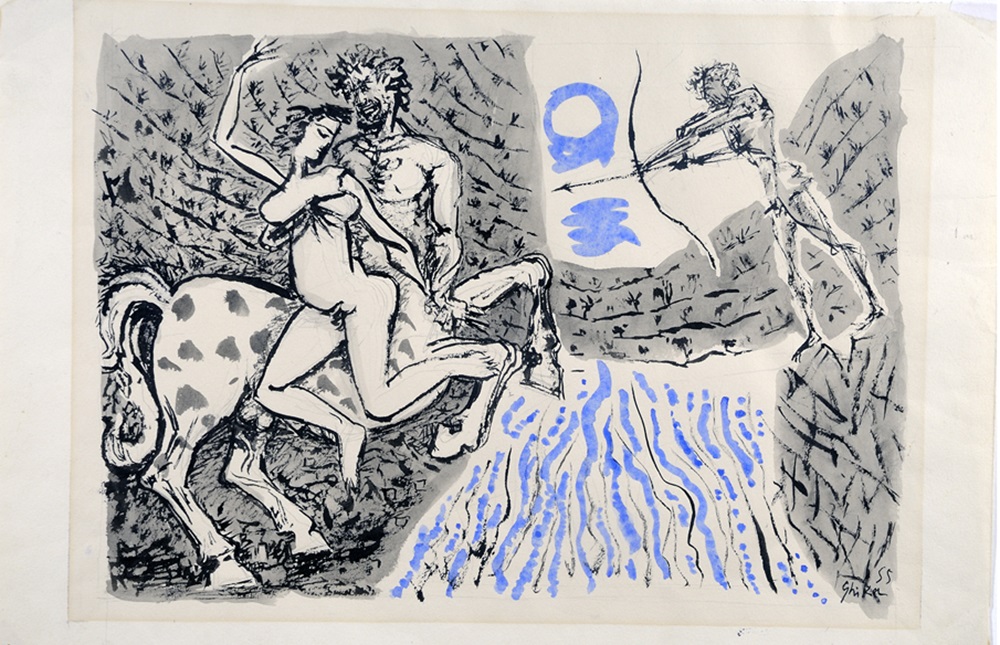
Nikos Hadjikyriakos-Gikas was inspired by Greek mythology and antiquity in many of his subjects, both in painting and sculpture. These themes can be found in his sculptures as early as 1948, and in drawings, oil paintings and prints, mainly in the 1970s. Unexpected encounters, brave feats, vengeful gods, unrequited love, jealousies, and hidden beings are presented in four sections in this exhibition, bringing to life the myths and stories that marked the artist’s work from the 1930s to the 1980s.
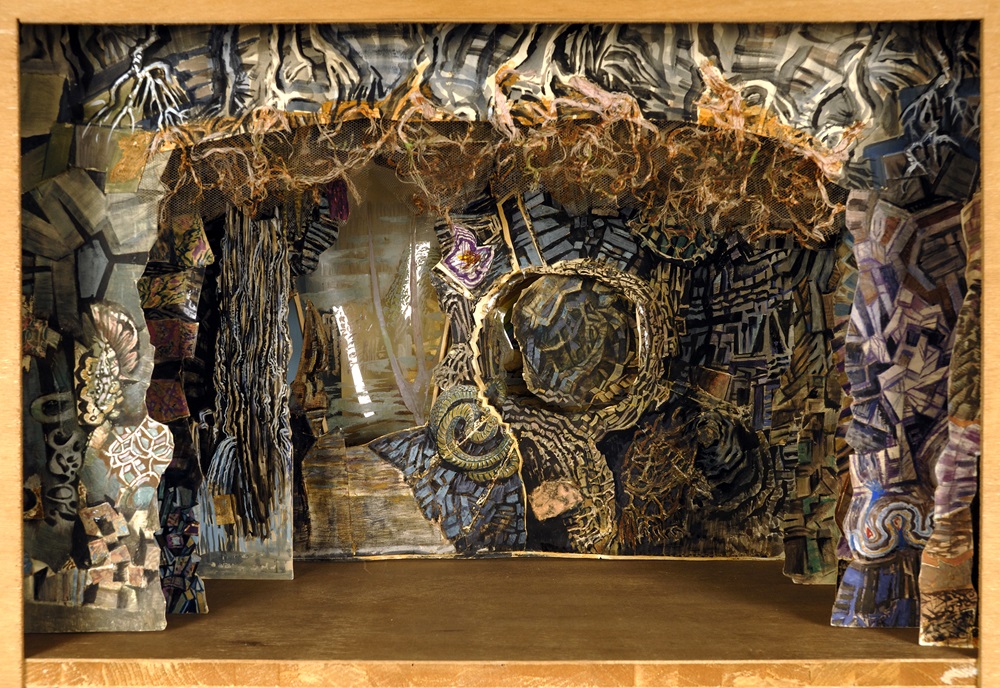
The first section is dedicated to the mythical heroes with Odysseus and Hercules as the protagonists. The adventures of Odysseus had fascinated Gikas from 1938, when he began to illustrate Nikos Kazantzakis’ Odyssey, for which he created drawings for all the rhapsodies. In contrast, from the Homeric epic, only one scene moved him: Odysseus, Nausicaa and their meeting.
In 1955, on the occasion of a commission to illustrate the calendar of AGET, Gikas depicts four scenes from the life of Hercules. Of the four watercolours he draws, only one depicts a feat. This is Hercules’ second feat, the extermination of Lernaia Hydra, which he had also depicted in a 1948 sculpture.
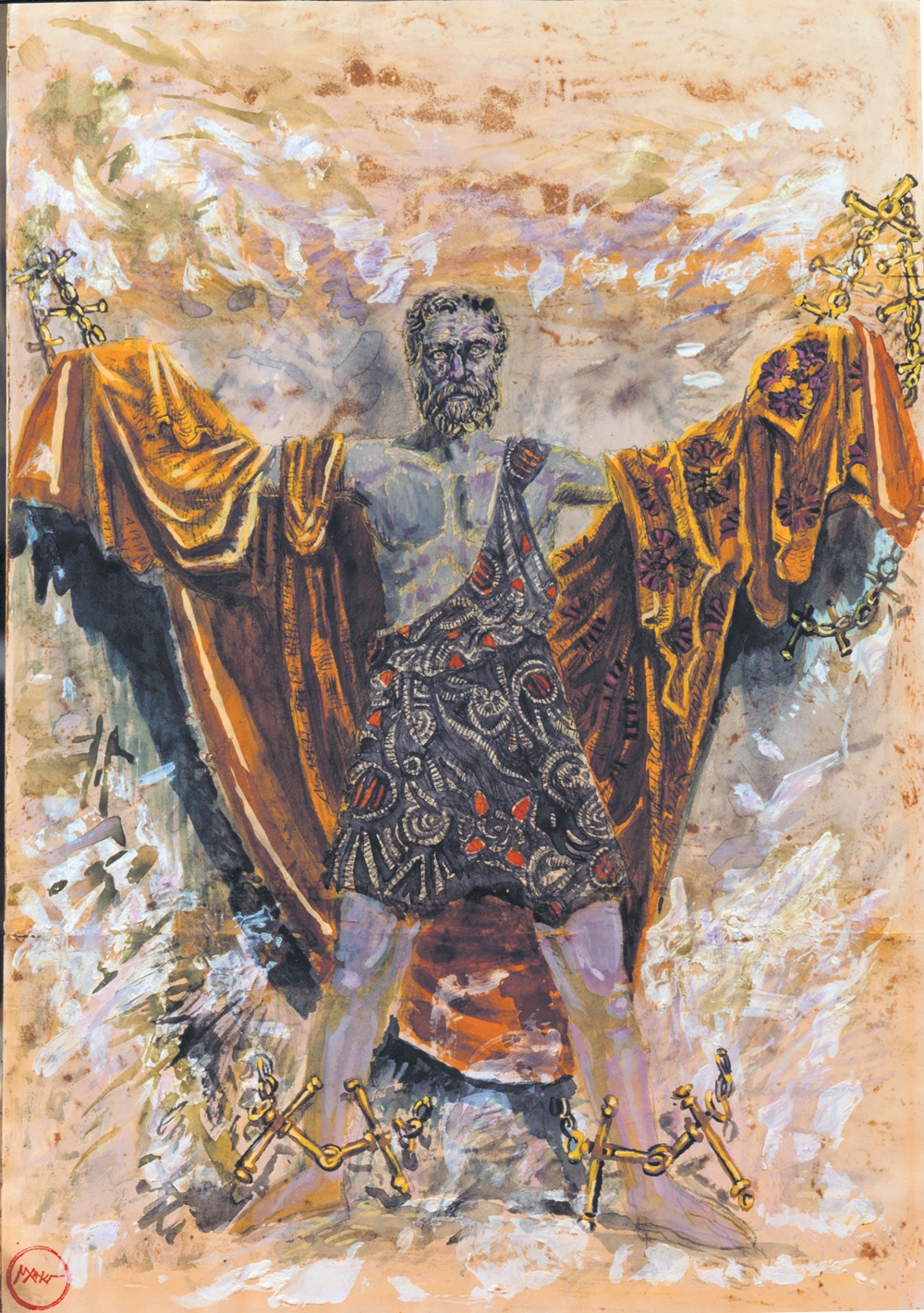
The second section concerns theatrical performances inspired by mythology. For André Gide’s choreography Persephone, which was performed in London at Covent Garden in 1961, Gikas created three sets and numerous costumes inspired by the Minoan era. The exhibition also includes the only surviving model of the Underworld. For Aeschylus’ Prometheus Bound by Aeschylus, the artist designed ten costumes, which unfortunately were never executed, as the performance was postponed.
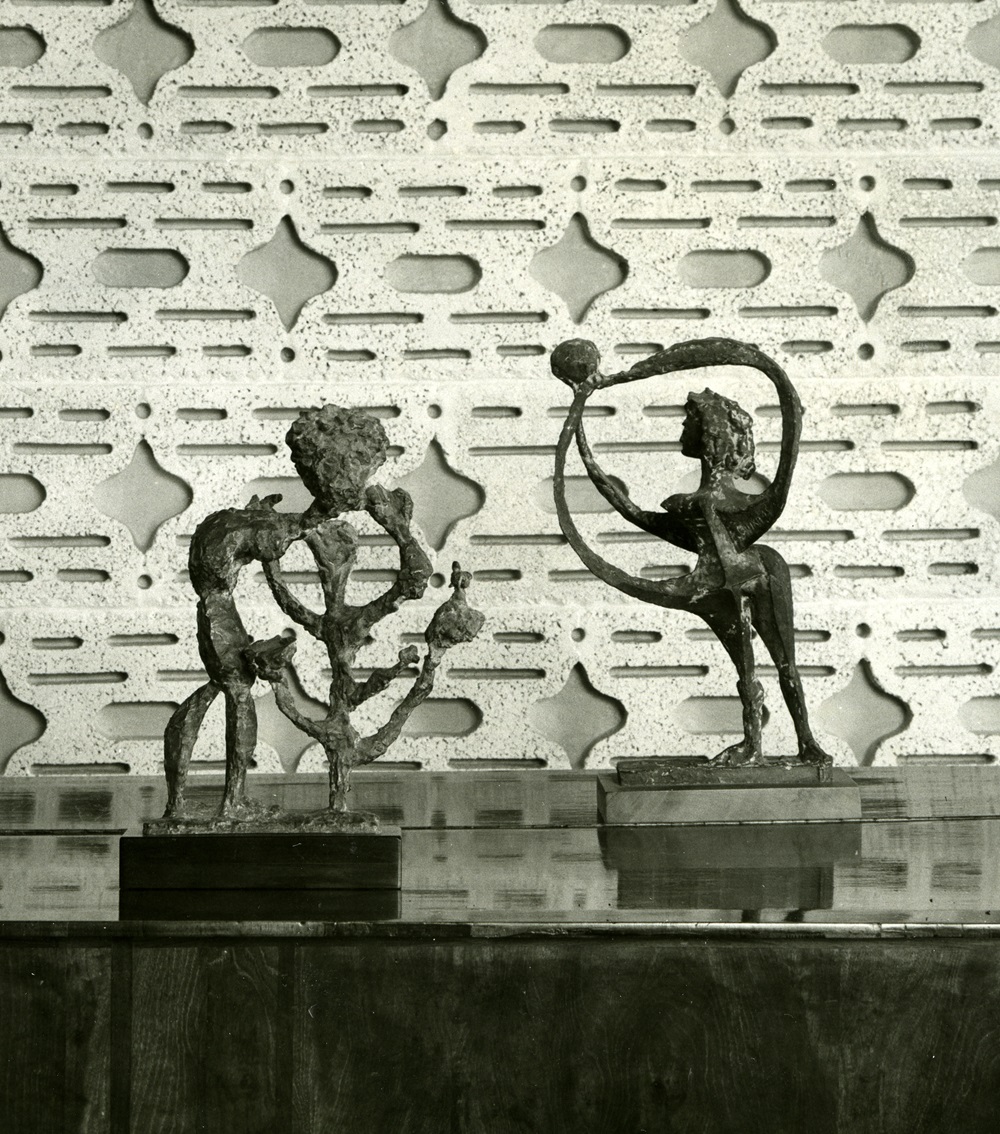
The third section presents works depicting gods and spirits in idyllic landscapes with nymphs and satyrs. Some of the works depict well-known myths ,while others bring to life divine or even otherworldly presences, with Pan commanding everything in nature, even when he is not visible.
The last section is dedicated to the mythical lovers. It consists of six medallions in relief of well-known couples of mythology, created by Gikas in 1976. Each pair had verses from classical poets or performances engraved by Gikas on the reverse and was accompanied by a short text by the artist. Gikas’ wish was: “to bring to life the lyricism, passion and power of love through mythology”.
Curator: Ioanna Moraiti
Designer: Natalia Boura

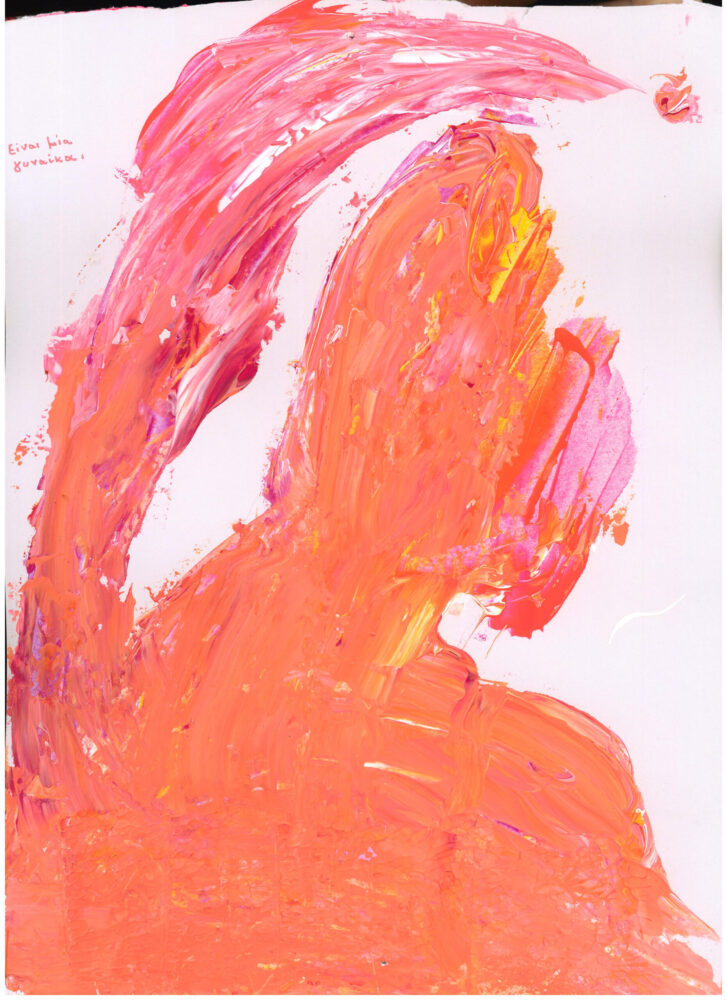
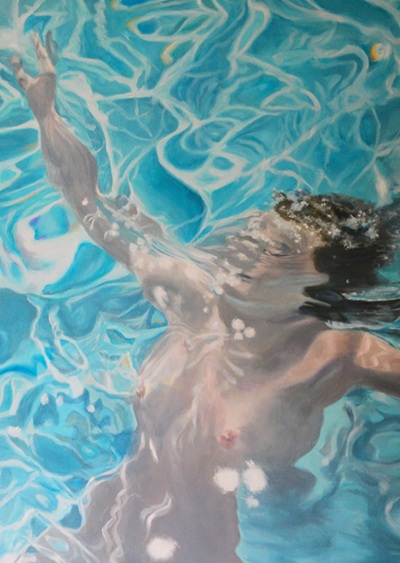

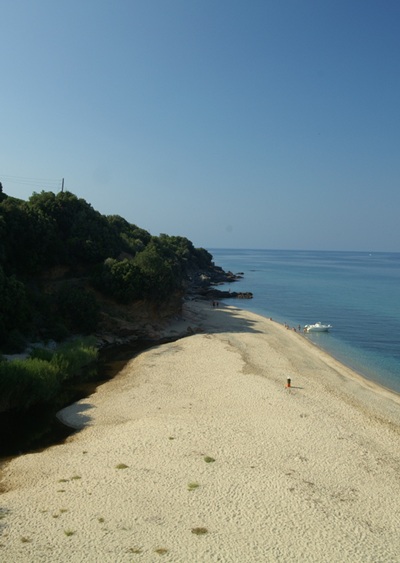


Leave A Comment